.jpg)
1823 - 1865
Mary Elizabeth Surratt
Summary
Name:
Mary Elizabeth SurrattYears Active:
1864 - 1865Birth:
May 04, 1823Status:
ExecutedClass:
MurdererVictims:
1Method:
ShootingDeath:
July 07, 1865Nationality:
USA.jpg)
1823 - 1865
Mary Elizabeth Surratt
Summary: Murderer
Name:
Mary Elizabeth SurrattStatus:
ExecutedVictims:
1Method:
ShootingNationality:
USABirth:
May 04, 1823Death:
July 07, 1865Years Active:
1864 - 1865Date Convicted:
June 30, 1865bio
Mary Elizabeth Jenkins Surratt was born in Maryland in May 1823 (though some records suggest 1820), into a tobacco-farming family. Her father died when she was very young, and she was raised by her mother, who later enrolled her in a Catholic girls' school in Virginia. Mary converted to Catholicism as a teenager and remained devout for the rest of her life.
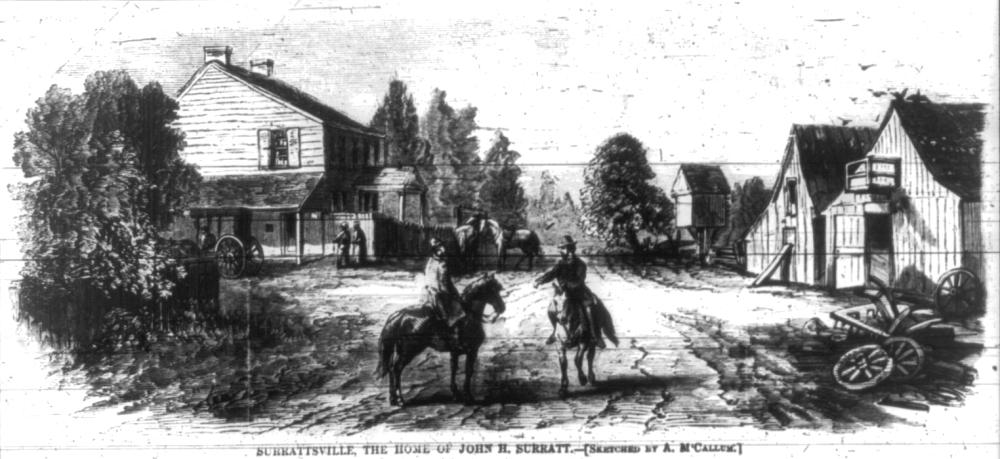
In 1840, she married John Harrison Surratt, and the couple had three children: Isaac, Anna, and John Jr. The Surratts were entrepreneurial; John owned a tavern, inn, and eventually built what became known as Surrattsville (now Clinton, Maryland). But his drinking and debts placed the family under growing financial strain. After his death from a stroke in 1862, Mary took over running the family tavern and farm but struggled with finances. Eventually, she moved into her townhouse at 604 H Street in Washington, D.C., and converted it into a boarding house.
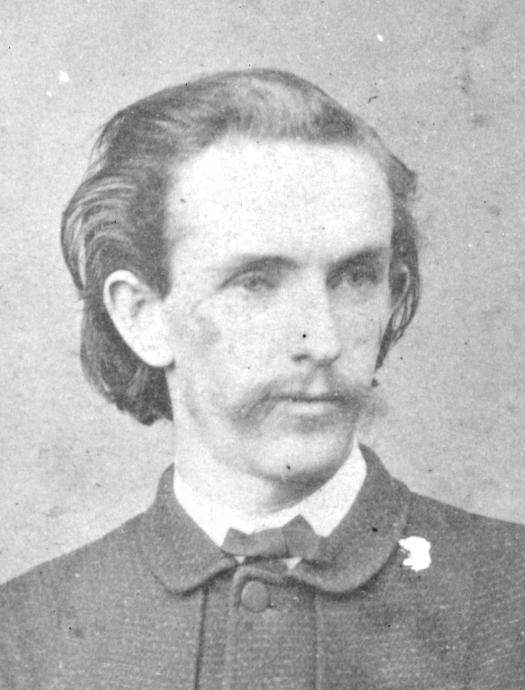
Mary Surratt's life changed dramatically during the American Civil War. As Confederate sympathizers, the Surratt family was closely tied to Southern loyalists and secret courier networks. Her son John Jr. became a courier and spy for the Confederacy, while their tavern was used as a safe house. Mary’s townhouse quickly became a meeting place for Confederate agents, and her son’s connections brought in guests like John Wilkes Booth, George Atzerodt, and Lewis Powell—individuals who would later play key roles in the Lincoln assassination plot.
Despite her role as a pious widow and landlady, Mary found herself surrounded by increasingly dangerous company. Her boarding house was more than just a residence—it was a hub for planning the kidnapping and later assassination of President Lincoln.
murder story
The plot to kill President Abraham Lincoln emerged in early 1865, spearheaded by actor John Wilkes Booth and his small band of co-conspirators, including George Atzerodt, Lewis Powell, and Mary Surratt’s own son, John Jr. Initially, the plan was to kidnap Lincoln and trade him for Confederate prisoners. However, as the war turned decisively in favor of the Union, the conspirators escalated their plans.
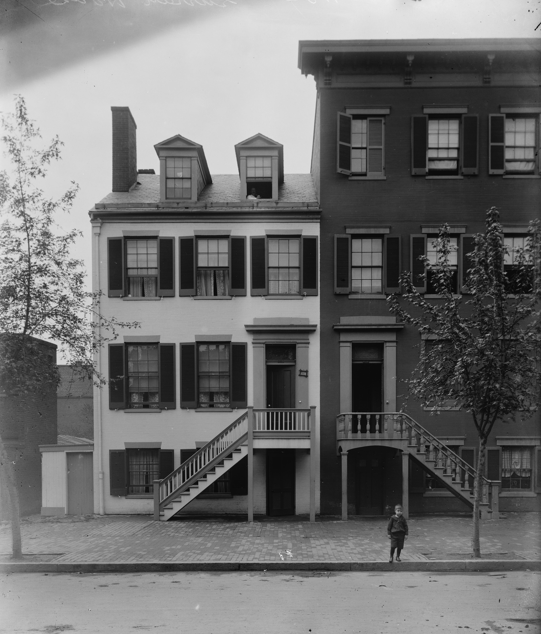
Mary Surratt became deeply entangled in the conspiracy. Testimony during her trial revealed that Booth visited her boarding house frequently in the weeks leading up to the assassination. On April 11 and April 14, just hours before Lincoln was shot, Mary visited her leased tavern in Surrattsville and instructed tenant John Lloyd to prepare hidden weapons—“shooting irons”—for pickup. She also delivered a package from Booth, later discovered to contain binoculars.
On April 14, Booth fatally shot Lincoln at Ford’s Theatre. Meanwhile, Powell nearly killed Secretary of State William Seward, and Atzerodt backed out of assassinating Vice President Andrew Johnson. As Booth and accomplice David Herold fled Washington, they stopped at the Surratt tavern to retrieve the hidden weapons—exactly as Mary had arranged.
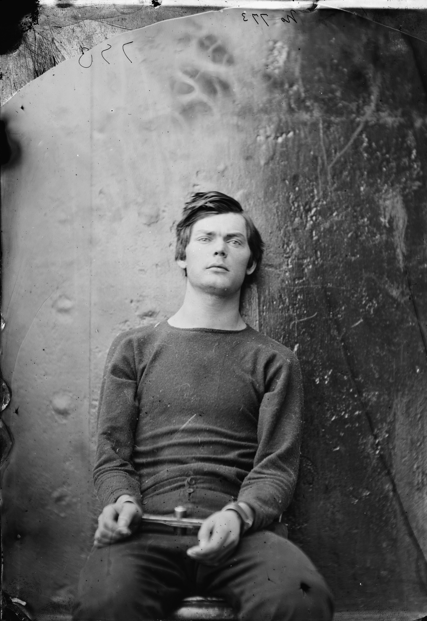
Mary Surratt was arrested on April 17, 1865. During her arrest, Lewis Powell appeared at her door claiming to be a hired laborer. She denied knowing him, but he was quickly recognized and arrested. Her denial was one of the most damning pieces of evidence used against her. In her room, authorities found a photograph of Booth hidden behind another picture, weapons, and Confederate memorabilia.
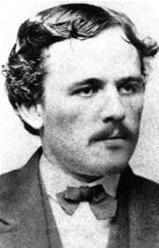
Her trial, held by a military tribunal, began in May 1865. Key testimony came from John Lloyd and Louis J. Weichmann, a tenant and friend of her son. Lloyd claimed she instructed him to have the weapons ready for Booth, while Weichmann testified about her close ties to the conspirators and Booth’s frequent visits. Despite a weak defense and circumstantial evidence, Mary was convicted. Five of the nine judges recommended clemency due to her age and sex, but President Andrew Johnson refused to intervene. She was executed by hanging on July 7, 1865, alongside Powell, Herold, and Atzerodt, becoming the first woman executed by the U.S. federal government.
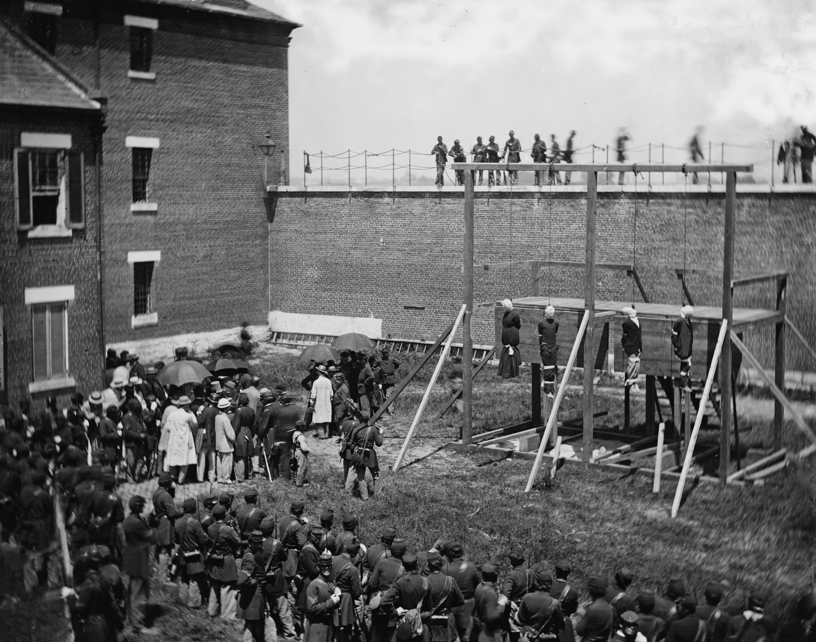
Mary’s guilt remains controversial. Some argue she was merely a landlady caught in a conspiracy orchestrated by men around her. Others believe she played a silent but crucial role. Her execution sparked public debate and continues to be a haunting chapter in the story of Lincoln’s assassination.